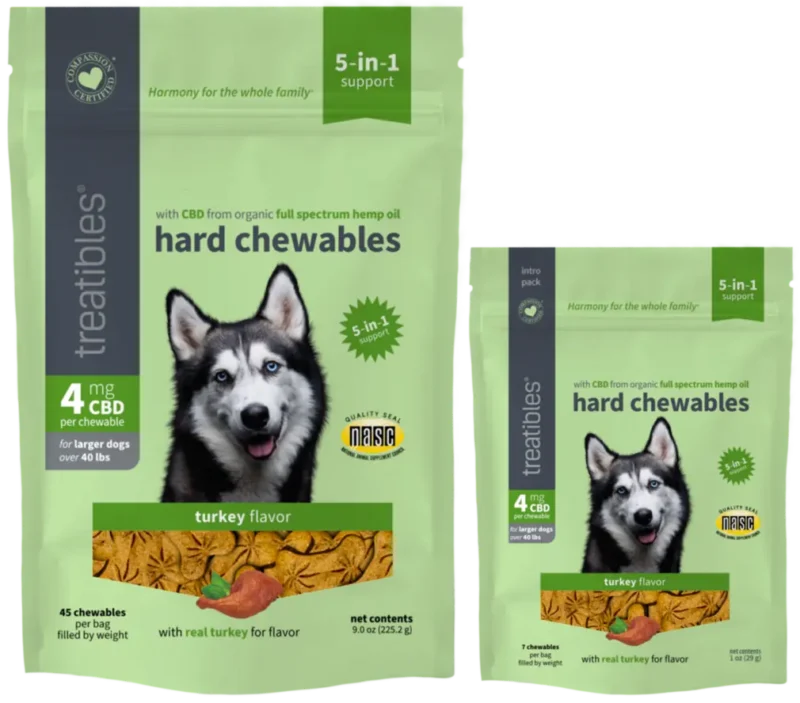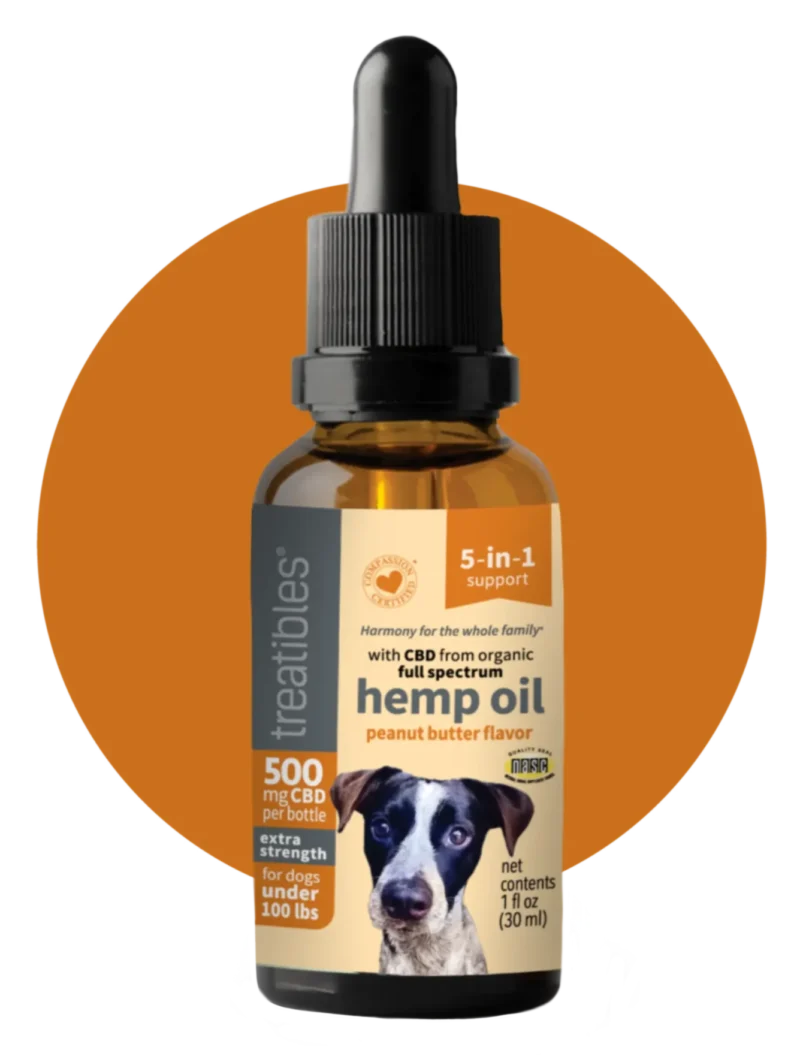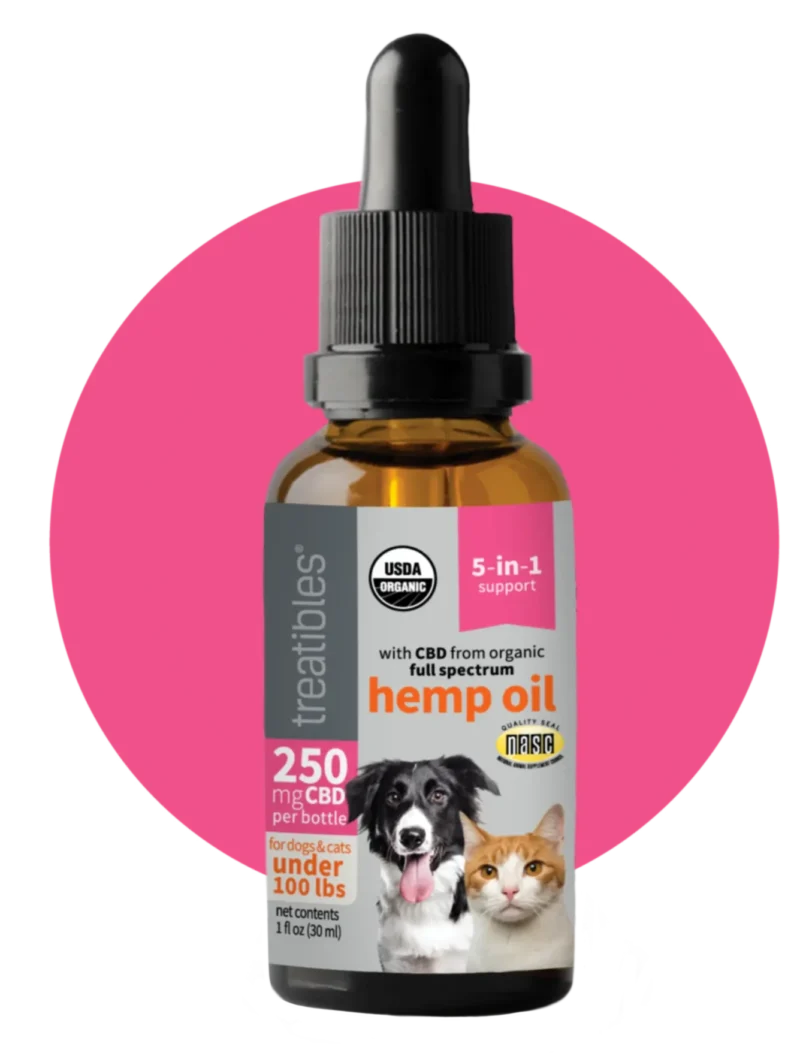Periodontal disease is the most common clinical condition occurring in adult cats and dogs, yet too many pet parents overlook the importance of dental care for their fur babies.
By the age of three, nearly 70 percent of cats and 80 percent of dogs develop gum disease.
Many pet parents believe offering a kibble diet is a proactive approach to keeping the teeth clean. This is a dangerous myth. In fact, the bacteria from starches in dry food (even grain-free dry food is loaded with starch) actually adhere to teeth, paving the way for bacteria (plaque) to stick. Once this hardens, it becomes tartar.
When plaque and tartar spread under the gum line (not visible), they begin to secrete toxins that damage tissue. The bacteria also stimulate the immune system causing inflammation. As white blood cells rush to destroy the bacteria invading the mouth, they become overwhelmed, releasing chemicals that can actually cause more damage.
The resulting tooth decay does more than affect the mouth – it can lead to serious chronic conditions including, gut and bowel disease, kidney disease, liver disease, joint problems, and heart disease.
Pets with dental problems often exhibit one or more of these symptoms:
- Bad breath
- Difficulty chewing
- Discomfort while chewing
- Drooling
- Blood in the mouth
- Pawing at the face
- Discolored teeth
- Red gums
- Redness along the gum line
- Behavioral issues (including aggression)
Diet can play a significant role in preventing dental disease
A raw food diet can be very beneficial for a pet’s dental health. Raw meat contains enzymes that are helpful in breaking down plaque and tartar. Be sure to feed a bio-appropriate raw diet that contains the proper ratio of meat, vitamins, minerals and fats. There are several excellent commercial foods as well as easy to follow homemade recipes for cats and dogs.
DIY Oral Care
Brush Your Pet’s Teeth! Aim for daily or at least a few times per week. Some pets actually enjoy it! The key is to start slowly by getting your cat or dog used to the feel of your finger against their teeth. After that, try either a finger brush or toothbrush made especially for pets. Just brush one tooth. Work your way up from there! There are many toothpastes made for pets (never use toothpaste meant for humans on your cat or dog).
If your pet will not tolerate toothpaste, brushing daily with a little water can help prevent bacteria from sticking to the teeth.
There are also many enzyme-based dental products, including brushless gels, sprays, liquids and powders as well as wipes that work quite well for most cats and dogs. The enzymes help prevent bacteria/plaque build-up on the teeth.
Treatibles Organic Full Spectrum Hemp Oil Dropper Bottles with MCT Coconut Oil
For pets suffering from mouth discomfort, with or without infection, Treatibles Full Spectrum Hemp CBD Oil Dropper Bottles featuring MCT coconut oil as the carrier oil, can offer relief. Coconut oil is recognized for helping support the body’s normal immune system response. It also contains antioxidants and can address infections and cuts. Treaibles Full Spectrum Hemp CBD Oil helps manage discomfort and supports the body’s normal inflammatory response. Simply rub the oil directly to the gums or gum line to provide comfort.
Be Wary of Dental Treats
On one hand, it is wonderful that pet parents are becoming more diligent in addressing their dog or cat’s oral health. On the other hand, many of the biscuits and treats on the market are low quality at best and can be harmful, at worst. There are very few regulations in place for oral care products.
Some of the top-selling treats are loaded with synthetic additives and preservatives. Some even contain BHA and BHT. Both of these preservatives have shown to be toxic.
When choosing any treats or food for your pet, it is best to avoid BHA, BHT, ethoxyquin, propylene glycol, tertiary butylhydroquinone and propyl gallate.
Some Pets Are Predisposed to Excessive Tartar Build-up
According to Karen Becker, DVM, Some raw fed pets that also chew raw bones still accumulate tartar on their teeth.
Brachycephalic (short-nosed) and toy breeds are often predisposed because their teeth don’t have normal alignment, and in the case of tiny dogs, there’s often a crowding problem. No matter how vigorously these dogs chew, it doesn’t remove all the plaque and tartar from their teeth.
Pets with chronic health conditions also seem to collect more tartar on their teeth. This could be due to less vigorous chewing, or it could be the result of changes in saliva quantity, gum health, the pH in the mouth, or other causes.
Many cats are also predisposed to have more tartar on their teeth, and kitties can present a special challenge because they don’t typically gnaw on bones as dogs do. Offering a skinless, raw chicken neck may entice your cat to chew more, and provide enough mechanical abrasion to keep her teeth free from plaque build-up.
This all brings us back to National Pet Dental Health Month
It is a reminder of how important it is to schedule an appointment with your vet so that your pet’s teeth, gums and whole mouth can be examined. The earlier an issue is caught, the better.
If professional cleaning is advised, blood work will be suggested to make sure your pet’s organs are healthy enough for anesthesia. Many people are concerned with how anesthesia can affect their pet. There are very strict protocols in place for dental exams to help ensure your pet stays safe throughout the procedure.
You may be familiar with non-anesthesia dentals for pets. While this practice does have its place in removing plaque and tartar, it is considered a cosmetic procedure.
Cleaning under anesthesia is a very thorough process. Not only will the vet remove plaque and tartar from the teeth and under the gum line, a full examination of the gums and entire oral cavity is also conducted.
While your pet is under anesthesia, dental radiographs (x-rays) can also be taken. This will allow the vet to assess the bone level around the teeth. It is the best way to determine if extractions or other oral surgery is necessary.
If your cat or dog is exhibiting any signs of dental disease, including yellow teeth or red gums, please consult with your veterinarian. During the month of February, many veterinary practices are offering special discounted pricing on dental exams and cleanings.
Please do not let cost be the only factor in your decision. Be sure the veterinarian you are considering is an expert in dental care and that they follow the protocols set forth by the American Veterinary Medical Association.
To find a board certified veterinary dental specialist, visit the American Veterinary Dental College site.



